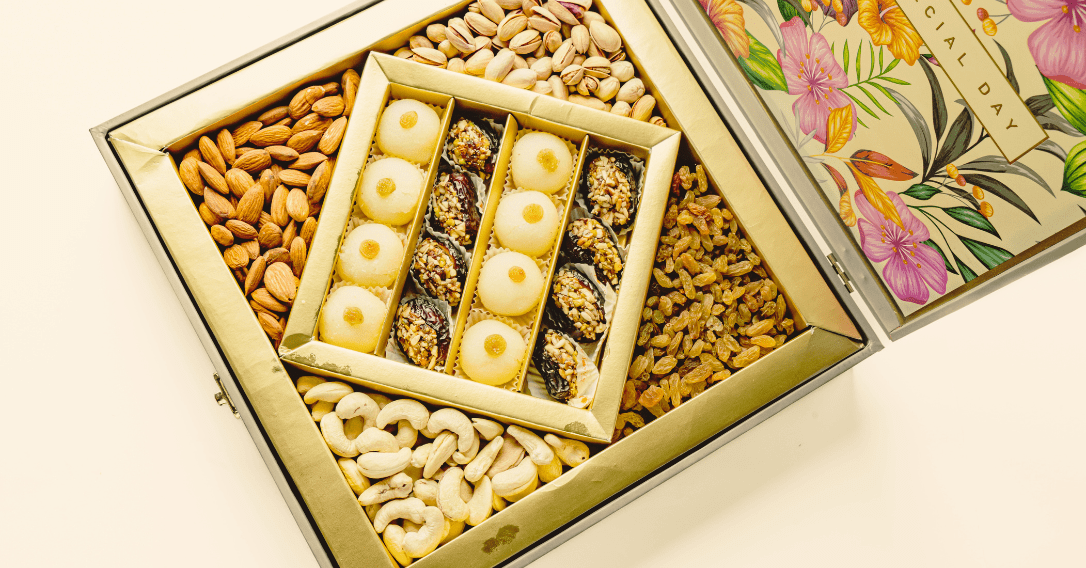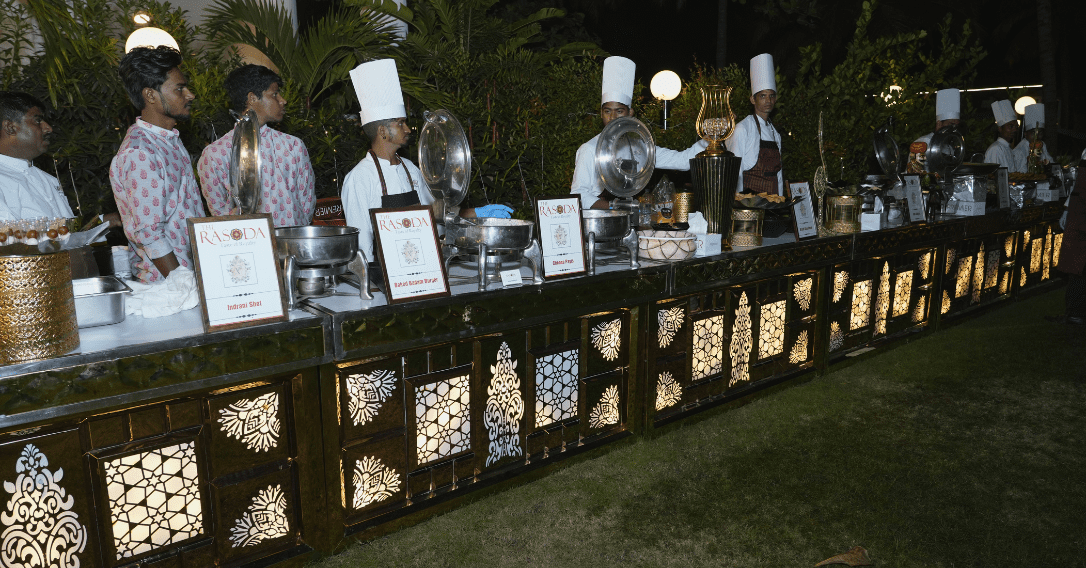There is nothing better than a warm blanket, a cosy sweater, and a warm dessert when it is cold outside. In India, winter brings with it a variety of traditional desserts that are enjoyed across the country. From the rich ghee-laden Gajar ka Halwa to the crunchy Gajjak, these desserts are made with ingredients that not only provide warmth but are also packed with nutrition.
A classic winter dessert, Gajar ka Halwa is made with grated carrots, milk, sugar, and ghee, flavored with cardamom and garnished with dried fruits and nuts. To make Gajar ka Halwa, grated carrots are first cooked in ghee until they turn soft. Milk is then added to the mixture, and the mixture is cooked until the milk is absorbed. Sugar and cardamom powder are then added, and the mixture is cooked until it thickens. Finally, the dessert is garnished with nuts and dried fruits. Gajar ka Halwa is a favourite winter treat among North Indians.
The North Indian delight, Gajjak, is made with sesame seeds and jaggery. It is crunchy, nutty, and has the perfect balance of sweetness. Gajjak is known for providing warmth and energy during winter. To make Gajjak, sesame seeds are roasted until they turn golden brown. Jaggery is then melted and mixed with sesame seeds.
In India, winter brings with it a variety of traditional desserts that are enjoyed across the country such as Revdi, a crunchy and delicious winter snack made with edible gum, jaggery, and sesame seeds. To make Revdi, sesame seeds are roasted until they turn golden brown. Jaggery is melted and mixed with sesame seeds and cardamom powder.
Panjeeri, a popular dry sweet dish in Punjab and Haryana, is a nutritious snack that is believed to combat winter ailments and provide warmth to the body. This dessert is packed with essential nutrients like carbohydrates, healthy fats, protein, and various vitamins and minerals, making it a perfect winter treat. Traditionally, Panjeeri is prepared by roasting whole wheat flour in ghee until it turns golden brown. Then, dry fruits are added, and jaggery or sugar is mixed in to sweeten it. This dessert is a common treat at weddings and special occasions, and its nutrient-rich ingredients are thought to be beneficial for health, potentially aiding in combating winter ailments and boosting the immune system. With its warm and comforting taste, Panjeeri is the perfect dessert to enjoy during the winter season.
Known for its delightful nutty flavor and satisfying chewiness, peanut chikki is a delightful Indian dessert with a rich, brown-golden hue. With its crunchy-sweet symphony, this Indian dessert is made with roasted peanuts and sweet jaggery. The roasted peanuts and molten jaggery are seamlessly blended in the making of peanut chikki. In the winter months, peanut chikki is the quintessential winter snack, offering not just a delicious taste but also a substantial source of energy thanks to its dry fruit component.
With sesame seeds, jaggery, and peanuts, Til Ke Laddu is a winter-special sweet known for its warm and nutty taste. To make Til Ke Laddu, sesame seeds are roasted until they turn golden brown. Jaggery is melted, and peanuts are roasted separately. The mixture is then mixed with sesame seeds, peanuts, and ghee. The health benefits of Til Ke Ladoo go beyond lowering cholesterol and strengthening bones, which is why pregnant women are recommended to eat it. Pregnant women require additional nutrients to maintain their own well-being and support the growth of their babies. In addition to providing a concentrated source of iron, magnesium, and zinc, Til Ke Ladoo also provides nutrients vital for maternal and fetal health.
A popular North Indian dessert made from moong dal, ghee, and sugar, is Moong Daal Halwa. It is known for its rich and delectable taste. To make Moong Daal Halwa, moong dal is soaked in water for a few hours. It is then ground into a paste and cooked in ghee until it turns golden brown. The dessert is then garnished with nuts and served warm. When served hot, moong dal halwa tastes divine due to its smooth texture, which melts in the mouth when consumed.
A winter dessert popular amongst North Indians is Shakarandi Rabdi made with sweet potatoes and cardamom powder, then flavoured with saffron. The nutritional content and antioxidant properties of sweet potatoes make Shakarkandi a popular food. It is known for its creamy texture and sweet taste. To make Shakarkandi Rabdi, sweet potatoes are boiled and mashed. Milk and sugar are then added to the mixture and cooked until it thickens. The dessert is then garnished with nuts and served warm.
From the warm Gajar ka Halwa to the crunchy Gajjak, these desserts are perfect for satisfying your sweet tooth on a cold winter day. Almost every North Indian dessert can be found at Rasoda, cooked with perfection with no compromise on taste or quality. Rasoda's desserts are renowned for being rich in flavour and texture, making them the perfect addition to any winter meal. These desserts are also made with healthy ingredients like dry fruits, jaggery, and nutrient-rich lentils, making them guilt-free indulgences.

Wedding favors are gifted as a token of gratitude to the guests from the bride or groom’s family. This tradition of thanking them for their presence at the wedding functions and blessing the ...

Gifting, both to the newlyweds and to the guests, is an integral part of Indian weddings. While the bride and groom are usually showered with cash gifts (gifting money is considered to be good fort ...

Weddings are all about celebrations and togetherness. Even though the spotlight is always on the bride and the groom, the other elements play an important part in making the occasion memorable for ...